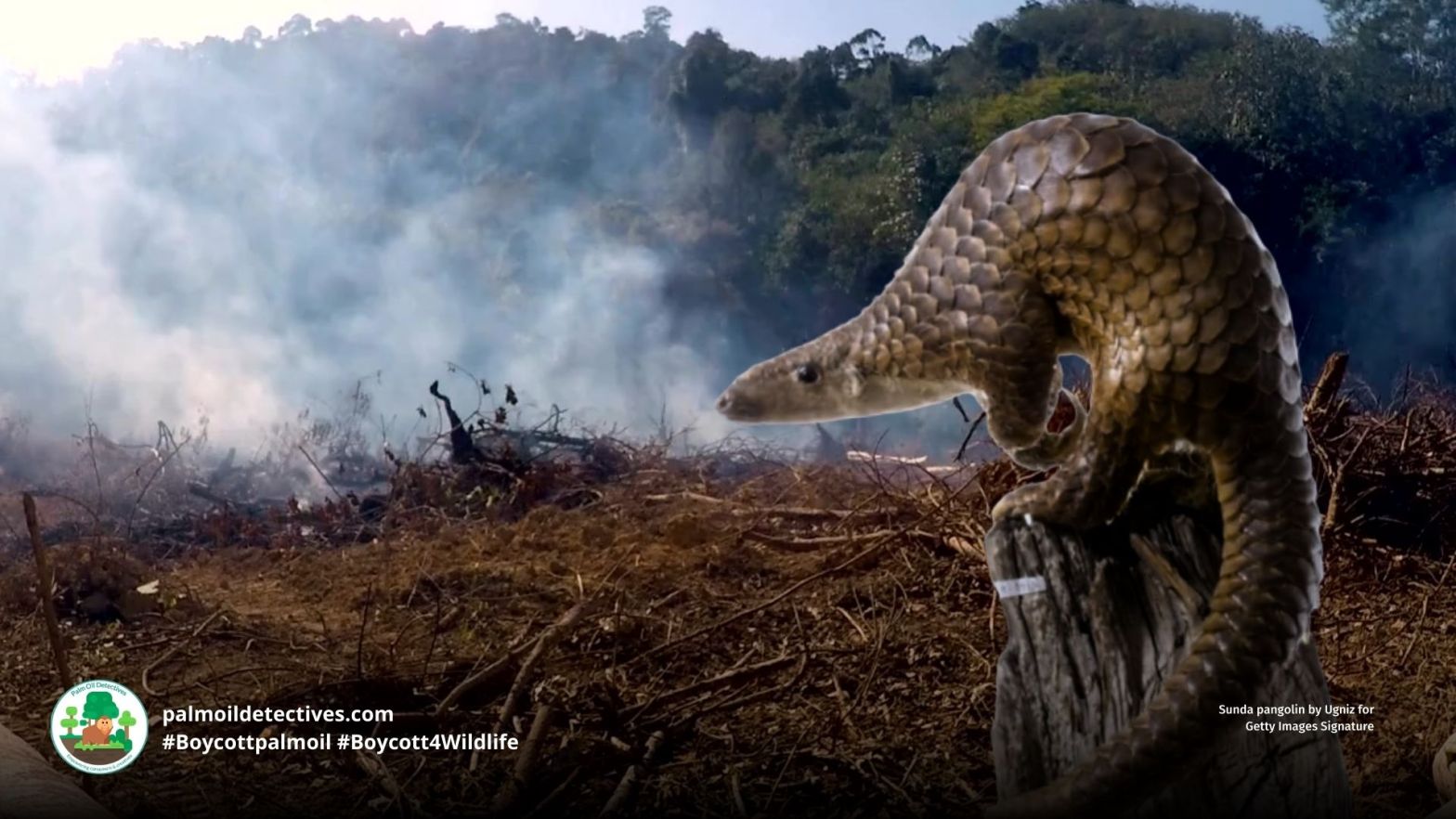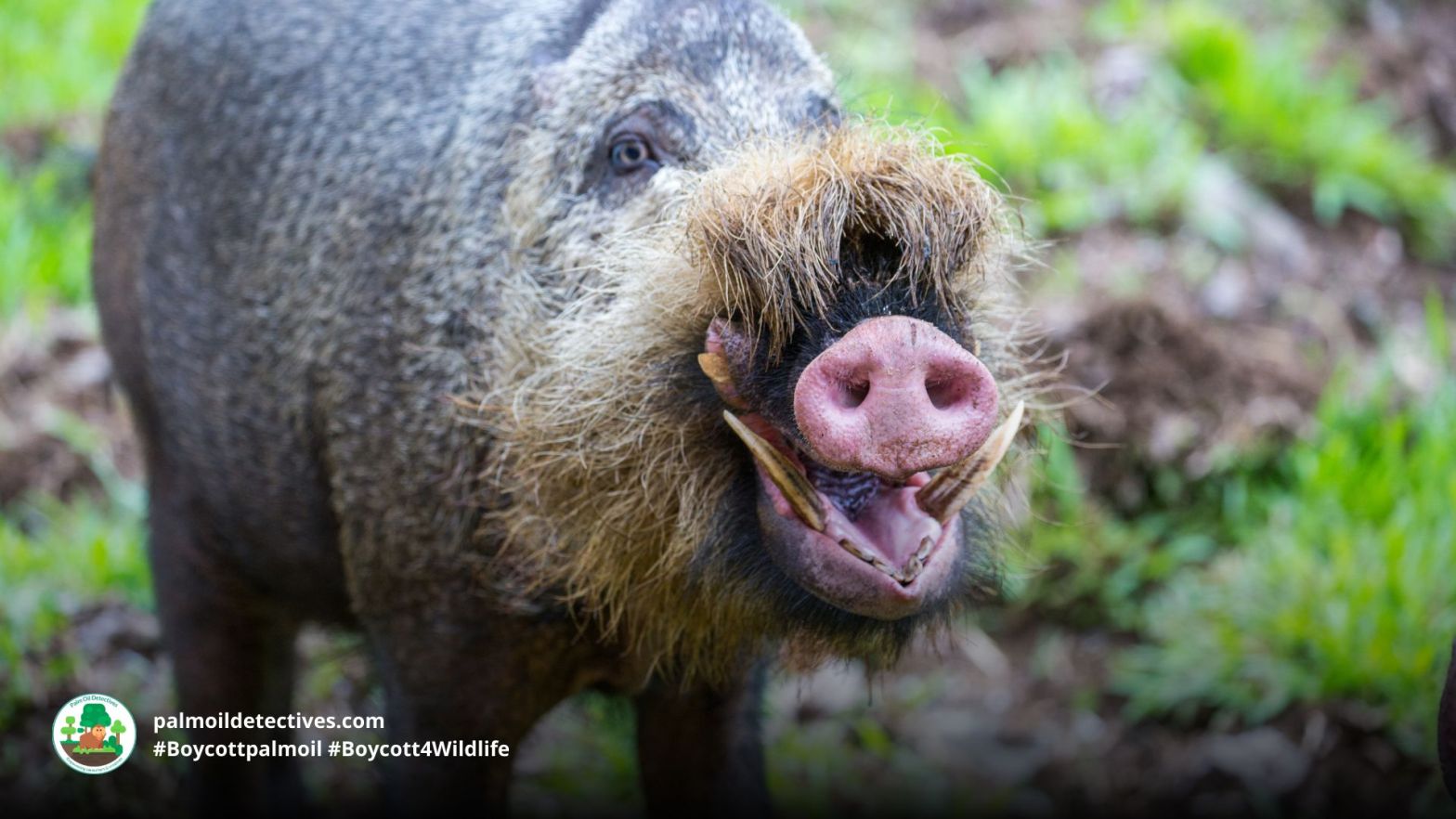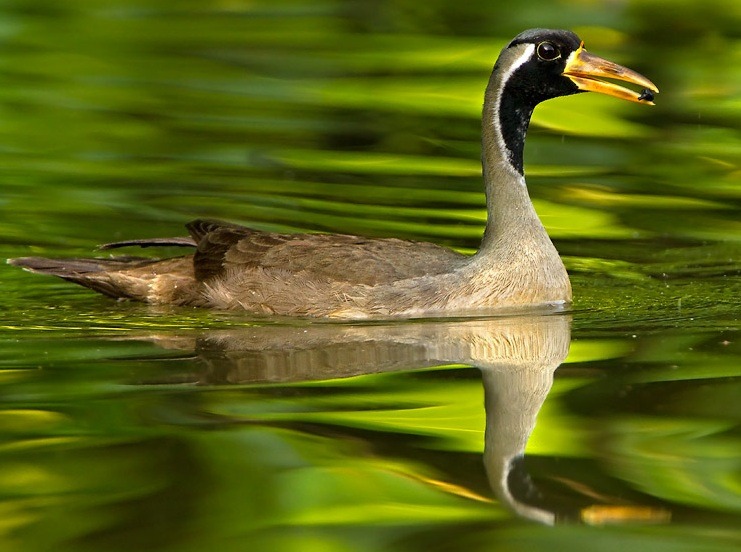Sunda pangolins, also known as the Malayan or Javan pangolins, possess quirky traits that make them truly intriguing. They are capable swimmers and have a remarkable defense mechanism of curling into a protective ball, walk in an upside-down manner, and communicate through scale vibrations. As consummate insectivores, they rely on their long, sticky tongues to extract ants and termites from mounds. These pangolins have a slow metabolism, lack teeth but have a gizzard-like structure, and feature a specialised digestive system. To protect these unique creatures and their habitat, it’s crucial to take action. Join the movement and raise awareness by boycotting palm oil, which contributes to deforestation and threatens wildlife. Help them every time you shop and be #vegan #Boycottpalmoil and #Boycott4Wildlife in the supermarket
Tag Archives: singapore
Banded Surili (Raffles Banded Langur) Presbytis femoralis
A curious and intelligent small monkey species, Raffles’ Banded Langurs are also known by their other common names: Banded Leaf Monkey or Banded Surili. They are endemic to the southern peninsula of Malaysia and Singapore. They are now listed as critically endangered on the IUCN Red List with their primary threat being palm oil deforestation across their range.
Deforestation and conversion of habitat continue to be the major threats to this species. They particularly affected by oil palm plantations, which are expanding very rapidly within their range. Protect them each time you shop by boycotting meat and palm oil in the supermarket.
Bearded Pig Sus barbatus
Bearded pigs have hair which grows along their jowls and resembles a beard giving them their namesake. They live in forests, swamplands and mangroves. Tragically they are now extinct in Singapore and Philippines. They are vulnerable in Brunei, Malaysia and Indonesia due to palm oil and rubber deforestation and human persecution. Help them every time you shop and #Boycottpalmoil #Boycott4Wildlife
Masked Finfoot Heliopais personatus
Masked Finfoot Heliopais personatus Endangered Borneo, Malaysia, Thailand, Laos, Vietnam, Cambodia, Myanmar, Indonesia, Bangladesh, India, Singapore The Masked Finfoot lives principally in rivers in lowland riverine forest including mangroves, but has been recorded in coastal and inland wetlands, such as tidal creeks, flooded forest, swamps and lakes (rarely reservoirs or industrial pools on passage). OneContinue reading “Masked Finfoot Heliopais personatus”
Southeast Asian Box Turtle Cuora amboinensis
Southeast Asian Box Turtle Cuora amboinensis Endangered Bangladesh; Brunei; India; Indonesia; Laos; Malaysia; Myanmar; Philippines; Singapore; Thailand; Vietnam The Southeast Asian Box Turtle is largely restricted to standing water bodies, but opportunistically inhabits most types of water bodies except large rivers and reservoirs. They prefer lowland swampy areas with dense vegetation, but also occurs in intermittentContinue reading “Southeast Asian Box Turtle Cuora amboinensis”
Straw-headed Bulbul Pycnonotus zeylanicus
The Straw-headed Bulbul occupies successional habitats bordering rivers, streams, marshes and other wet areas, where seasonal flooding prevents the establishment of climax communities. These include secondary and disturbed primary evergreen forest, plantations, gardens and cultivation fringe, scrub and, locally, reedbeds and mangroves. This species is declining extremely rapidly across their range as a result of trapping of wild birds for the cage-bird trade, compounded by habitat loss within their rather specific habitat type. Therefore, the species is evaluated as Critically Endangered.






